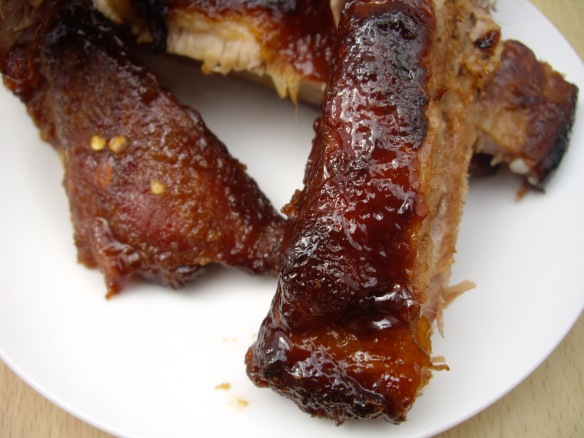It was only a matter of time before I posted a proper burger recipe and this is it. Slow Food is important for a number of reasons, not least because you should end up with a tasty end product that knocks shop-bought items out of the park. However, I’ve cooked plenty of things from scratch and wished I’d gone to the shops instead. My burgers, for example, haven’t always been worth the time and effort I put in. I’m happy to say that I’ve finally made a delicious burger that is going to revolutionise my summer eating!
Forget fast food joints and shiny posters of burgers that don’t represent what you’re actually sold. Grab some quality ingredients and spend a few minutes making these meaty marvels. Not only are they really easy to make, they’re very tasty and easy to adapt to your own tastes. Life’s too short to eat grey patties between sugary bread. Give dehydrated onions and wilting lettuce a miss. Instead, go for fresh and fun molten lava burgers! Hmmm…that sounds like it should be on a poster.
Molten lava burgers
375g minced beef
1 red chilli (finely chopped)
1 onion (finely chopped)
4 tblspoons fresh chives (finely chopped)
45g butter (melted)
2 tblspoons tomato ketchup
1 tspoon smoked paprika
1 tspoon Dijon mustard
half tspoon ground cumin
Cheddar cheese
salt and pepper
I made three large patties, but you could make smaller ones.
I began by putting all of the ingredients except the chilli and the cheese into a medium-sized bowl and mixing it up with a wooden spatula. Season the mixture with plenty of salt and pepper. I didn’t work the mixture too much because I didn’t want a tough texture for the burger.
I cut some thick slices of cheddar ready to go into the middle of the patties. I then took some of the beef and made a large round patty. I gently pressed the cheese onto the beef leaving a little room around the edges. I sprinkled lots of the chopped chilli onto the cheese. Next, I took some more beef and pressed it onto the patty making sure to completely cover the cheese. I also checked that there were no holes for the cheese to ooze out of during cooking.
Now lots of recipes will recommend searing the burgers in a hot pan and then transferring to the oven to finish. I didn’t do that, but I got wonderful results. I fried the patties in butter on a low heat until nice and brown before turning them over. I basted the patties with butter from the frying pan every now and again to keep them full of flavour.
The slow cooking meant that the meat cooked all the way through and just needed a few minutes in a hot oven at the end to bring it up to 71 degrees.
The biggest tip I can give you is to leave the patties alone while they cook. Don’t prod them, don’t flip them, don’t lift them every minute for a peak at the underside. Just let those bad boys cook. Check them only occasionally to make sure that they aren’t burning. If you keep bothering them, they’ll begin to crumble, you’ll have bits of burned onion in your pan and there will be smoke everywhere and cheese pouring out of the sides. Let sleeping burgers lie.
Towards the end of frying, I tilted the pan to gather the butter in a little pool and slid the patties into it. This helped cook the sides of the patties because they were quite thick. You may not need to do this. It just depends on the size of your patty.
I usually pile my burgers high with all kinds of silliness, but not this time. The burgers were so tasty that I simply housed them in a toasted cheese-topped bap and served them with salad. The chilli cheese was a real treat, but the flavour of the burger itself was the best thing. You can’t beat slow food.

























